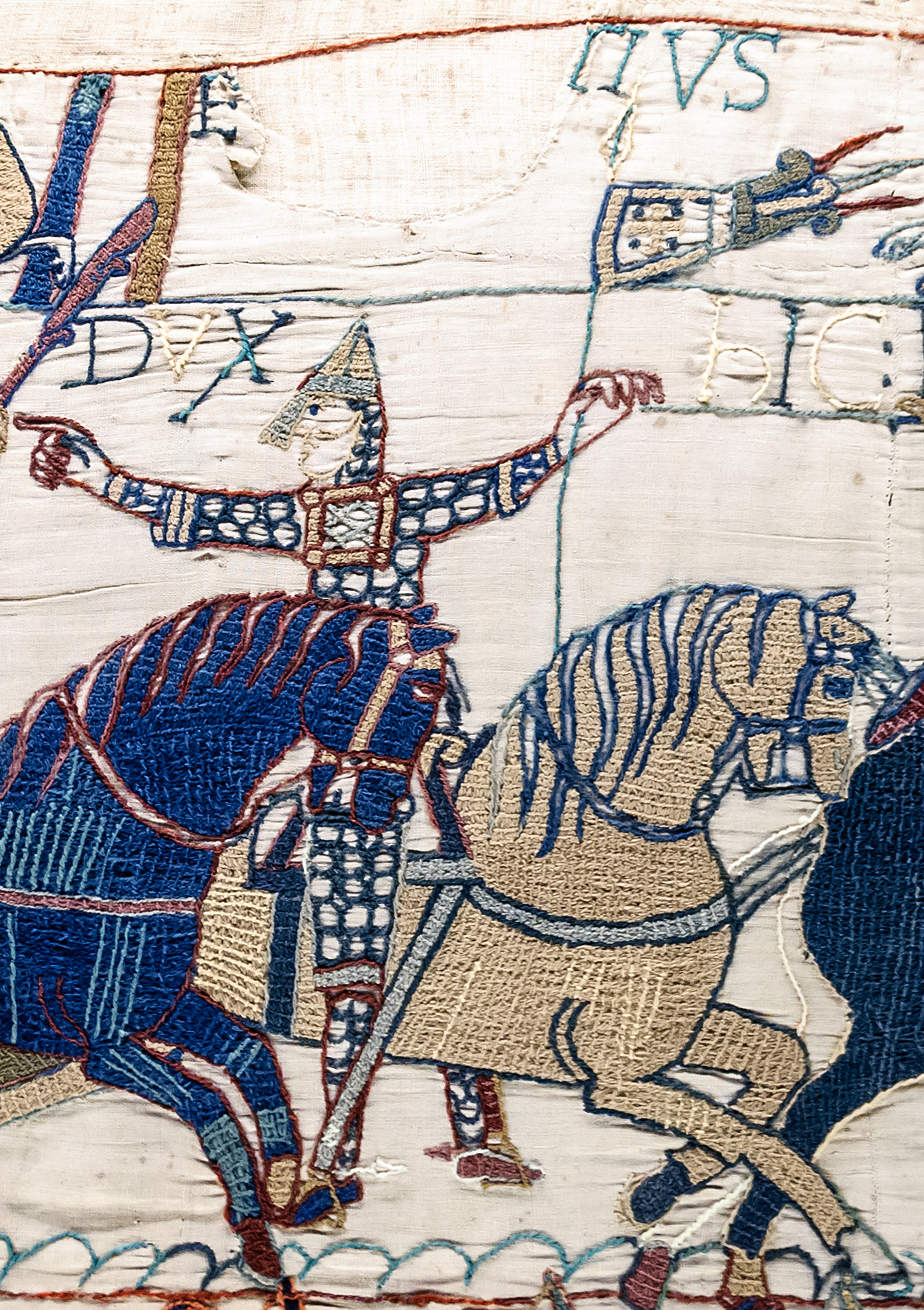
Eustace II, Count of Boulogne
Eustace II, (c. 1015 – c. 1087), also known as Eustace aux Grenons ("Eustace with long moustaches"),[1][2][3] was Count of Boulogne from 1049 to 1087. He fought on the Norman side at the Battle of Hastings, and afterwards received large grants of land forming an honour in England. He is one of the few proven companions of William the Conqueror. It has been suggested that Eustace was the patron of the Bayeux Tapestry.[4]
Eustace II, Count of Boulogne
Origins[edit]
Eustace was the son of Eustace I of Boulogne and Matilda of Louvain.[5]
Rebellion[edit]
In the following year, probably because he was dissatisfied with his share of the spoil, he assisted the Kentishmen in an attempt to seize Dover Castle. The conspiracy failed, and Eustace was sentenced to forfeit his English fiefs. Subsequently, he was reconciled to the Conqueror, who restored a portion of the confiscated lands.[10]
Death[edit]
Eustace died circa 1087, and was succeeded by his son, Eustace III.
Eustace married twice:
By his second wife, Eustace may also have had a daughter, Ida, wife of Conon, Count of Montaigu.
Eustace also had a son, Geoffrey fitz Eustace, who married Beatrice de Mandeville, daughter of Geoffrey de Mandeville. Geoffrey and Beatrice were parents of William de Boulogne and grandparents of William's son Faramus de Boulogne.
Cinematic depictions[edit]
Eustace has been portrayed on screen by Leslie Bradley in the film Lady Godiva of Coventry (1955) and by Joby Blanshard in the two-part BBC TV play Conquest (1966), part of the series Theatre 625.